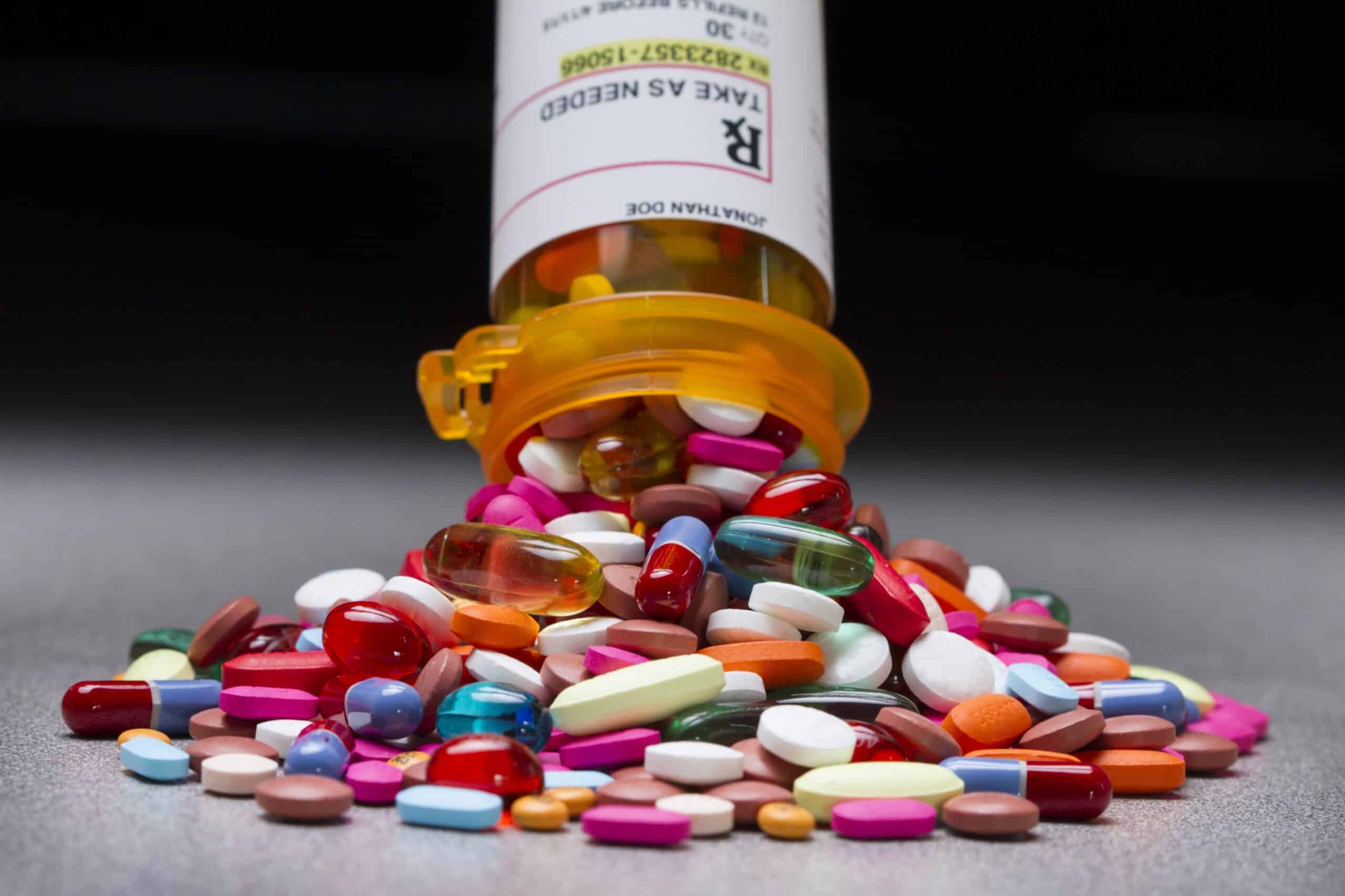“As an American, I’d like to know what medications I’m putting in my body and how long I can expect to take them,” said Ho, who is also an associate of Penn State’s Social Science Research Institute. “The years that people can expect to spend taking prescription drugs are now higher than they might spend in their first marriage, getting an education, or being in the labor force. It’s important to recognize the central role that prescription drug use has taken on in our lives.”
Information was leveraged from nationally representative surveys conducted by AHRQ (the Agency for Healthcare Research and Quality) and the CDC (the Centers for Disease Control and Prevention) from 1996 to 2019 to study prescription use across the nation. The information came from approximately 15,000 households that were selected annually and had information collected every five months. Additionally, close to 70% of the participating households allowed their prescriptions to be verified with their pharmacies allowing for higher levels of accuracy. Mortality data was also used from the National Center for Health Statistics and the Human Mortality Database to estimate how long those born in 2019 could expect to live. All of the data were then combined to estimate the percentage of lifetimes those born in 2019 could expect to spend taking prescriptions.
According to Ho, she found that the majority of men in America are taking prescription drugs by the age of 40 and women are already taking prescription drugs by the young age of 15 years old. Using the data she collected, Ho estimates that on average a newborn American baby boy born in 2019 could expect to take prescription drugs for around 37 years or roughly 48% of his life. Whereas a newborn baby girl born in 2019 could expect to be taking prescription drugs for around 47.5 years or roughly 60% of her life.
“We see that women start taking prescription drugs earlier than men do, and some of that is related to birth control and hormonal contraceptives,” Ho said. “But it is also related to greater use of psychotherapeutic drugs and painkillers among women. If we consider the difference between men and women, excluding contraceptives would only account for about a third of the difference. The remaining two-thirds is primarily driven by the use of other hormone-related drugs, painkillers, and psychotherapeutic drugs used to treat conditions such as depression, anxiety, and ADHD.”
Ho continues to explain the difference in prescription drug use saying that men on the other hand tend to take more statins and other medications to try and treat cardiovascular conditions, but statin use also varies across race and ethnicity. She also found that polypharmacy rates have risen to alarming levels. During the mid-1990s most people were taking one prescription medication, today those taking medications are equally likely to be taking five or more medications.
“Non-Hispanic Black men have lower rates of statin use than non-Hispanic whites or Hispanics,” Ho said. “That’s concerning because we know that cardiovascular disease, diabetes and other metabolic disorders are really high among Black men. There’s no reason that they should be taking these drugs for fewer years of their lives than men in other racial and ethnic groups. Health care access, differential treatment by medical providers, and available socioeconomic resources vary across populations and may help to account for these differences.”
Many of the drugs people are going to be taking for 40-50 years have only been on the market for the past five decades, meaning that the long-term effects are still unknown. When this is combined with the fact that polypharmacy puts a person at greater risk for drug interaction and adverse health outcomes, these findings have significant implications for Americans’ health and healthcare expenditures.
American prescription drug expenditures rose to $335 billion in 2018, out of pocket costs on these prescriptions account for 14% of drug spending. Projections estimate that prescription drug spending will rise to reach and likely exceed $875 billion or 15.4% of the national health expenditures by the year 2026, in this pill-popping nation.
“This paper is not trying to say that use of prescription drugs is good or bad,” Ho said. “Obviously, they have made a difference in treating many conditions, but there are growing concerns about how much is too much. There’s a large body of research that shows Americans are less healthy and live shorter lives than our counterparts in other high-income countries. The prescription drug piece is part and parcel of that reality. What we find is, even above and beyond what we might expect to be seeing, the rates of prescription drug use in the United States are extraordinarily high.”




